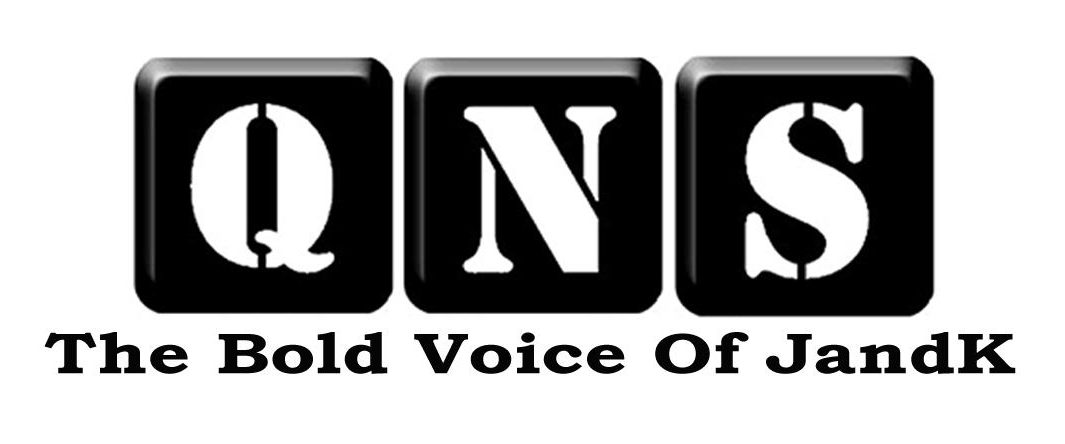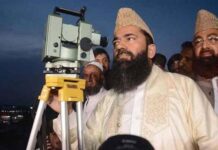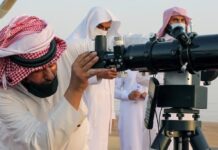COLOMBO (REUTERS, AFP, BLOOMBERG) – At least 42 people were killed after three Sri Lankan churches and three hotels were hit by a string of explosions on Easter Sunday (April 21), a police spokesman said.
The first explosions were reported at St Anthony’s Church in Colombo and St Sebastian’s in the town of Negombo just outside the capital.
At least 160 people injured in the St Anthony’s blast had been admitted to the Colombo National Hospital by mid-morning, an official told AFP.
Shortly after those blasts were reported, police confirmed three high-end hotels in the capital had also been hit, along with a church in the town of Batticalao, in the east of the country.
An official at the Batticaloa hospital told AFP more than 300 people had been admitted with injuries following the blast there.
At least one of the victims was killed in Colombo’s Cinnamon Grand Hotel, near the prime minister’s official residence, where the blast ripped through a restaurant, a hotel official told AFP.
At St Anthony’s Church in Kochcikade, a Reuters source in the police bomb squad said, “Our people are engaged in evacuating the casualties.”
Reuters sources from two leading tourist hotels in Colombo also confirmed the explosions but did not give any details.
Bloomberg reported that police and emergency vehicles have blocked the entrance to the Shangri-La Hotel in Colombo, where there’s visible damage, including shattered windows, above the main entrance where a cafe was located.
Photos circulating on social media showed the roof of one church had been almost blown off in the blast. The floor was littered with a mixture of roof tiles, splintered wood and blood. Several people could be seen covered in blood, with some trying to help those with more serious injuries. The images could not immediately be verified.
St Sebastian’s Church at Katuwapitiya in Negombo posted pictures of destruction inside the church on its Facebook page, showing blood on pews and the floor, and requested help from the public.
“A bomb attack to our church, please come and help if your family members are there,” read a post in English on the Facebook page of the St Sebastian’s Church at Katuwapitiya in Negombo.
There were no immediate claims of responsibility.
Only around 6 per cent of mainly Buddhist Sri Lanka is Catholic, but the religion is seen as a unifying force because it includes people from both the minority Tamil and majority Sinhalese ethnic groups.








